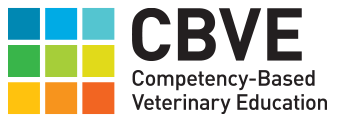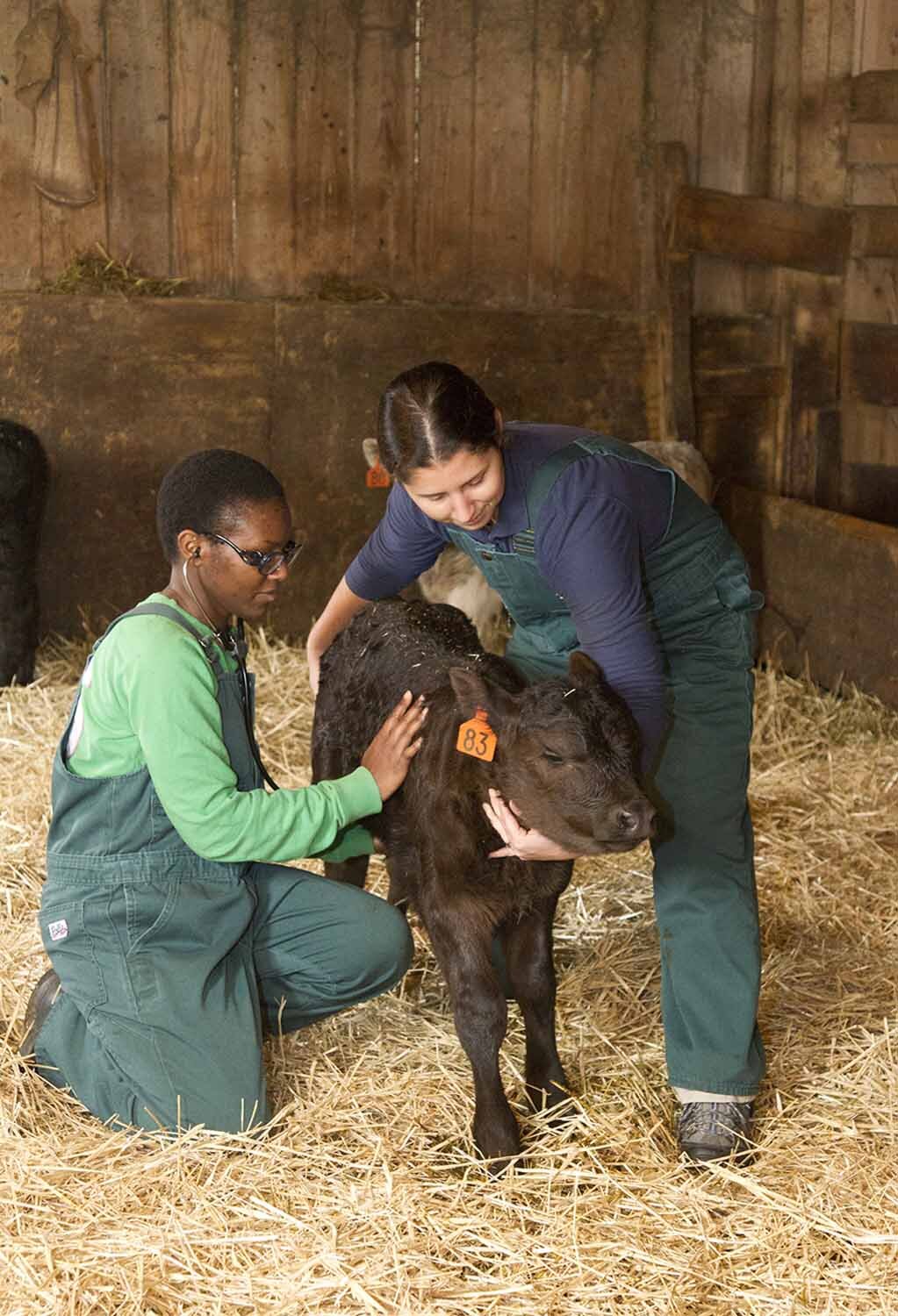
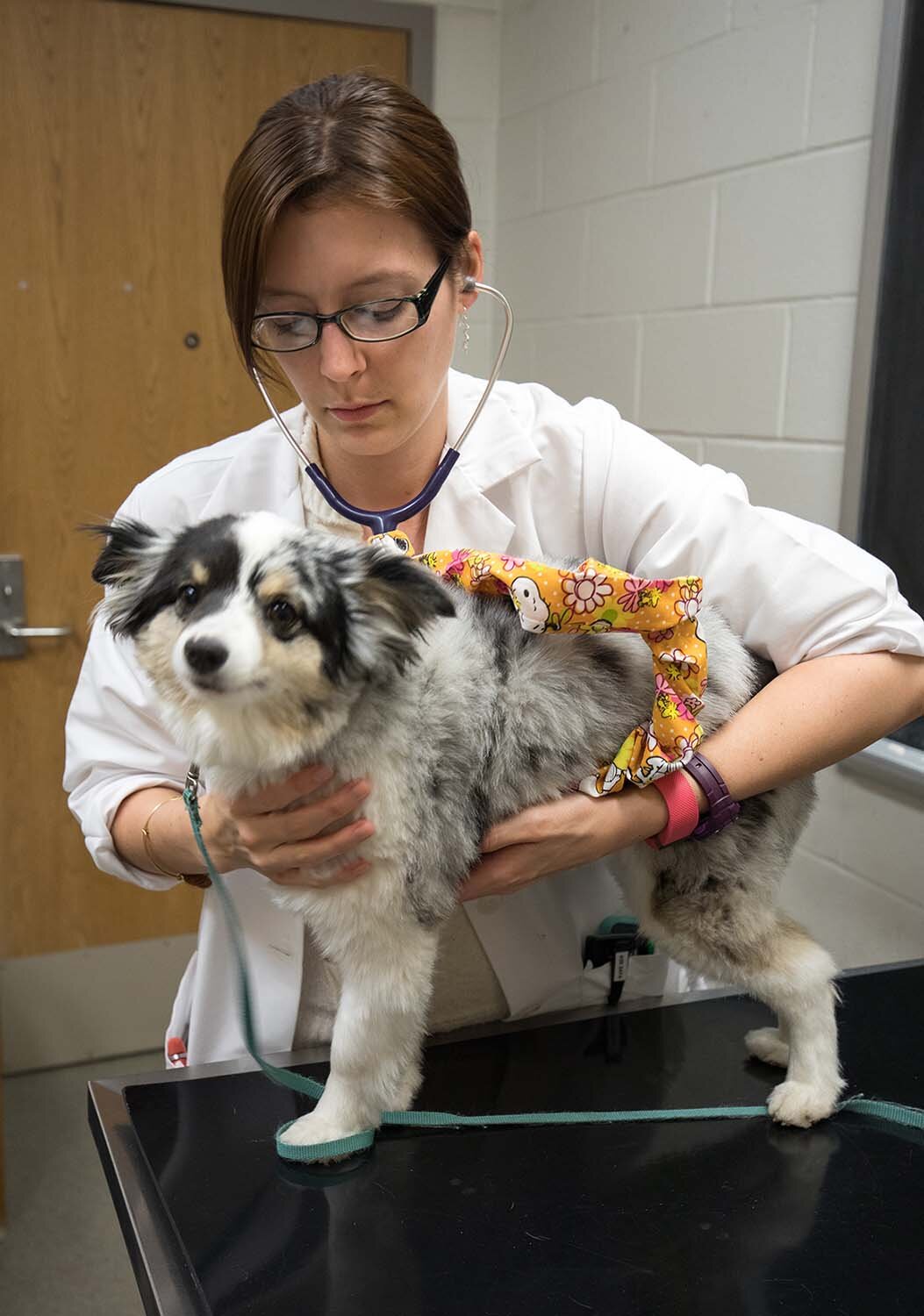
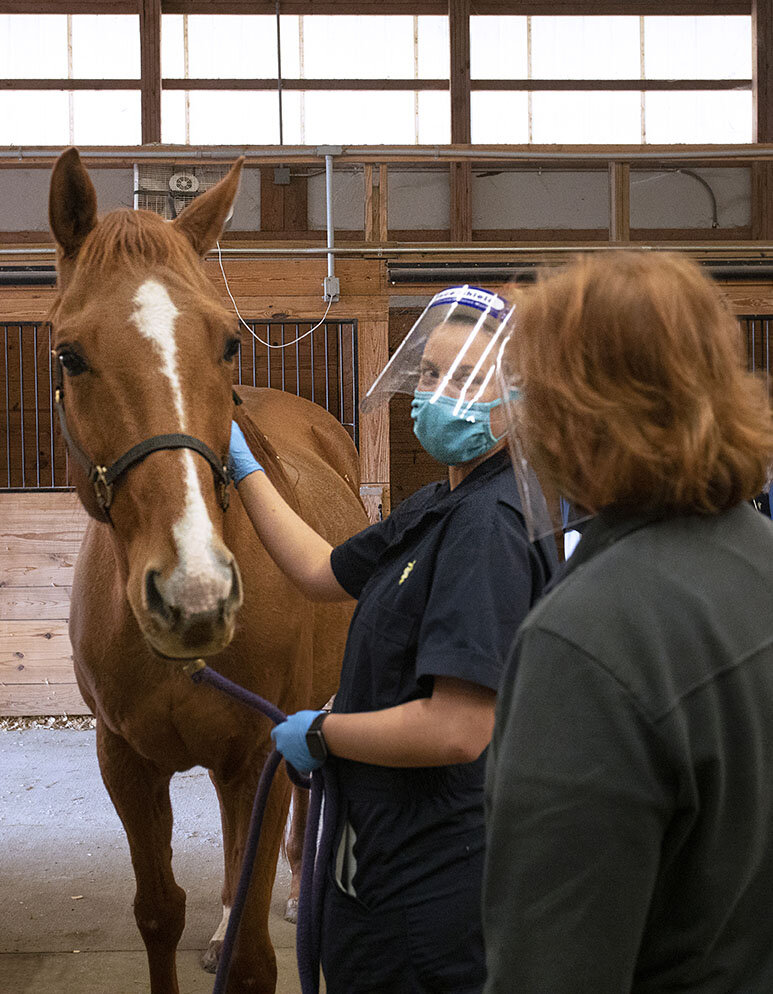
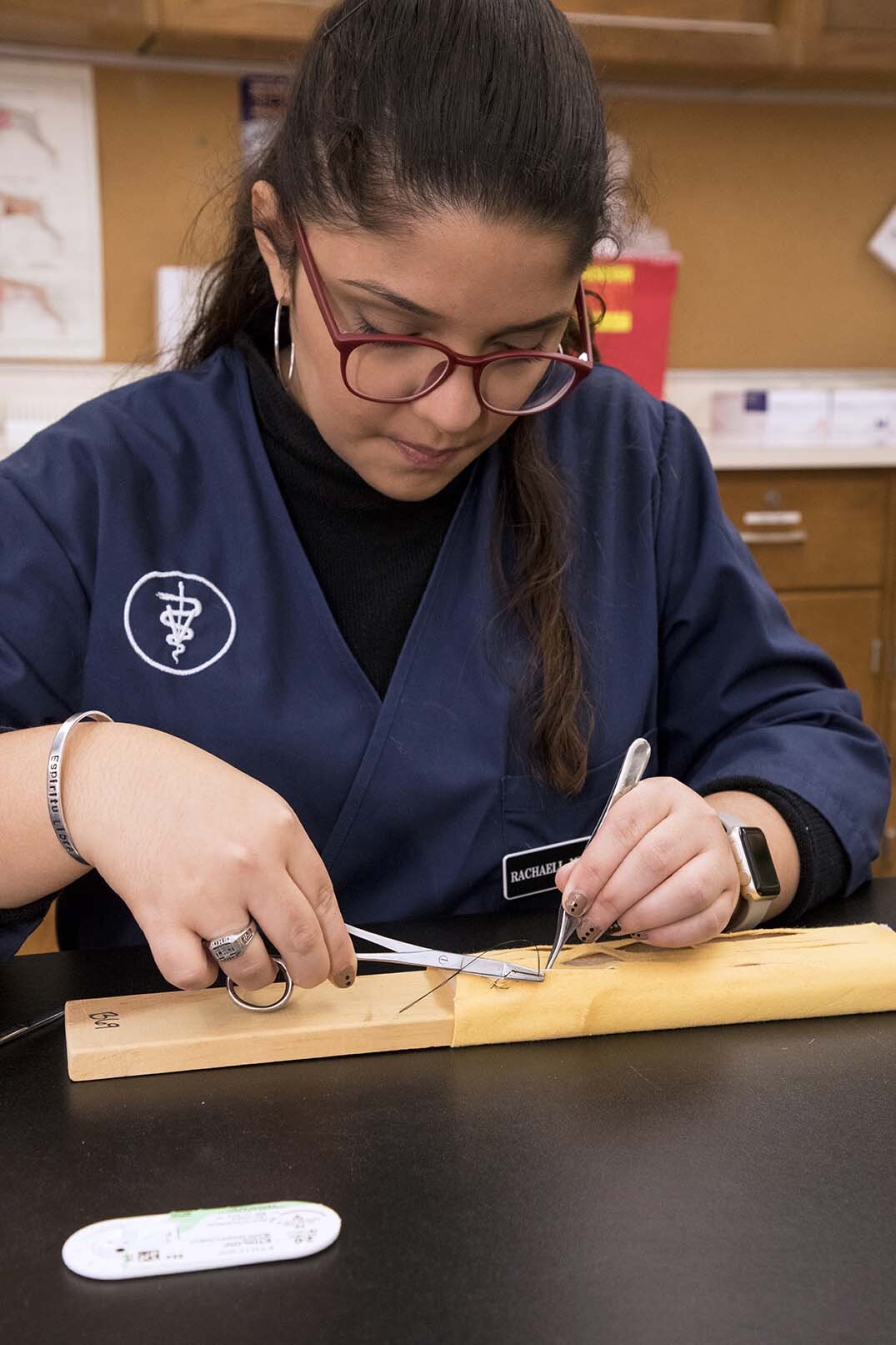
Competency-Based Veterinary Education
Veterinary education and assessment that is outcomes-based and learner-centered
Competency-Based Veterinary Education (CBVE) is an approach modeled after competency-based medical education (CBME) that prepares graduates for their careers to meet societal and patient needs. It is organized around competencies to provide educational and assessment experiences that are learner-centered and de-emphasize time-based training to meet targeted learner outcomes.
The core components of this approach include:
Professional Outcomes:
Clearly articulated competencies are based on required workplace activities intended to meet client, patient, and community needs.
Sequenced Progression:
Developmental indicators of competency are sequenced to support progress of the learner through the educational program.
Tailored Learning Experiences:
Learning occurs in an authentic environment that reflects the work setting, and accommodates individual pace and style.
Competency-focused Instruction:
Teaching strategies emphasize individual competence acquisition according to expertise, experience, and approach to learning.
Programmatic Assessment:
Learner assessment incorporates frequent data collection documenting progress against defined standards and feedback promoting self-directed learning through a program of assessment.
Why implement CBVE?
Competency-based education has become the preferred model in healthcare education. There are multiple benefits to this outcomes-based approach for various stakeholders including the learner, the educator, the profession, and society.
Benefits for the Learner
Learners visualize what is needed to become a veterinarian through competencies.
Learners have a clear roadmap to becoming a veterinarian through milestones.
Learners develop confidence for Day-1 practice through performing entrustable professional activities.
Benefits for the Faculty
Educators use Day-1 competencies to distill what is needed to train a competent graduate.
Educators use milestones to guide and support learners’ growth through developmental stages to achieve competence.
Educators use backwards design to develop curricular content and activities constructively aligned with competencies and milestones.
Educators use entrustable professional activities to guide workplace-based assessment and feedback.
Educators benefit from a more engaged learners who take responsibility for their learning and seek feedback.
Benefits for the Profession
Veterinary graduates reliably master strategically-identified competencies, ensuring the reputation and relevance of the veterinary profession.
Upon graduation, veterinarians are optimally equipped to assume an array of professional roles relevant to rapidly evolving health and environmental landscapes.
Benefits for our Patients, Employers and Society
Graduates demonstrate essential competencies to effectively serve individual patients, animal populations and their societies.
Employers use competencies to establish expectations and to mentor new graduates in professional development.
Graduates are better prepared to engage in interprofessional collaboration and systems-thinking to solve complex problems.
Benefits for Veterinary Programs and Academic Leadership
Veterinary educational programs use standardized outcomes to optimize curricular development.
Veterinary educational programs use a common framework for collaboration on shared curricular models.
Veterinary educational programs share instructional and assessment tools to efficiently and effectively achieve high quality educational outcomes.
Educational leaders use standardized rubrics for evaluating curricular outcomes to facilitate quality improvement and accreditation.
Supporting Resources
Many resources, including terminology, assessment toolkit, scholarly publications, newsletters, presentations and “Just-in-time” videos, are available on the CBVE website to help you on your journey.

